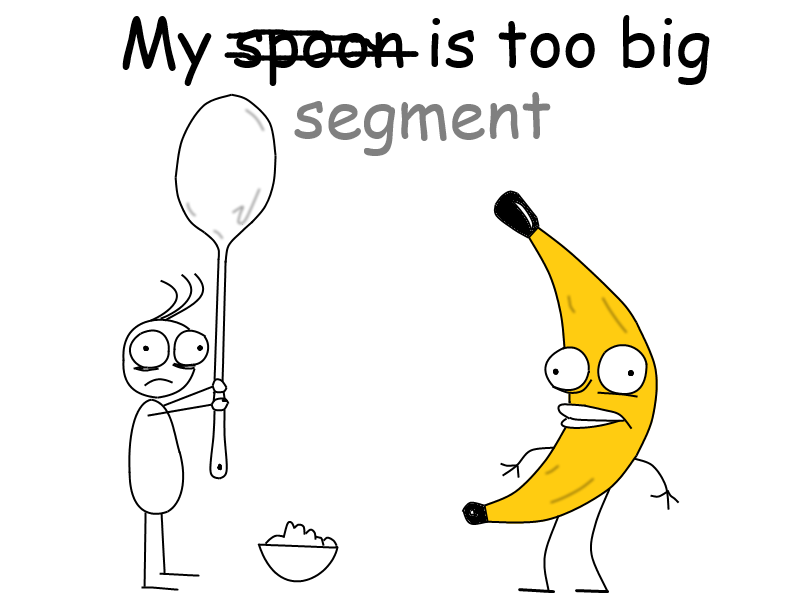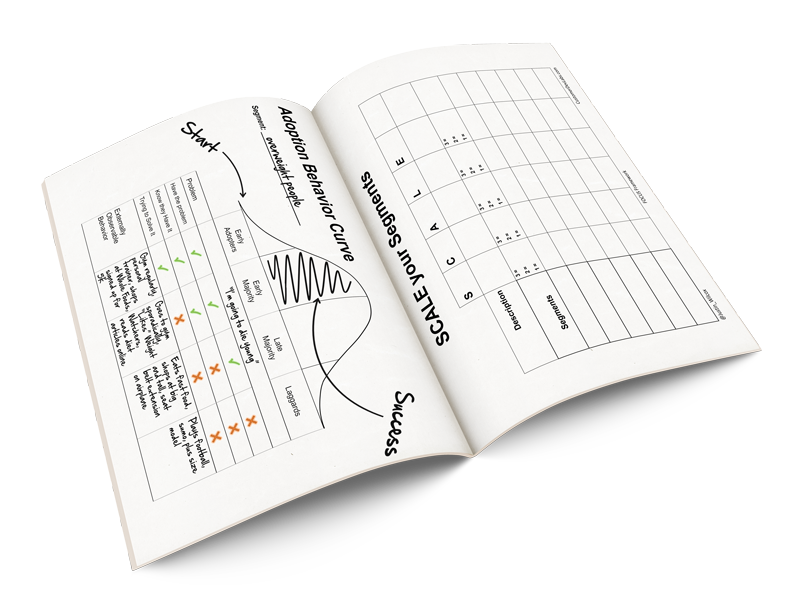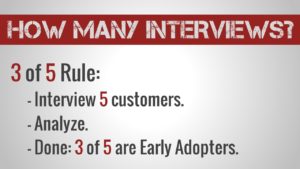I love this question. I remember asking it myself, and now every time I run an interview workshop some kindred spirit asks, “How do I know when I’m done?”
I love this question not just because I used to ask it, and not even because I have a wicked answer. I love it because my answer has changed over time.
I used to think you interview “until you stop learning new things about your customers’ problems.” Truth is, I still believe that.
Customer discovery problem interviews are hands down the best way to source your early adopters, marketing copy, marketing channels, UVPs, etc. so don’t throw away the tool before you’ve exhausted it.
But like I say, my answer has changed. While I used to just stop with the above, my thinking has evolved and I’ve got a more concrete answer for you.
The answer is 5 (and 20)
After 5 interviews, you’ll a signal will start to emerge from the noise. After 5 interviews, you’ll hear customers repeat themselves. After 5 interviews, you’ll get a sense of whether you’re on the right track.
That’s not to say after 5 you’ll have learned everything about your customers (that’ll take 15-20). If however you’re not connecting the dots after 5…you’ve probably done something wrong.
Check yo’ Segment
When I’ve interviewed customers in the past and couldn’t quickly get a clear picture on their answers (i.e. interviewed more than 5 people and “everyone had different problems”) it was because I was interviewing people across customer segments.
I was interviewing “small and medium sized businesses” when I should have been interviewing, “US law firms specializing in IP law with 5 – 25 lawyers, and who are LexisNexis customers.”
I was interviewing “friends and family members of people with ADHD” when I should have been interviewing “working age people with smart phones who live within 50 miles of US urban centers and within an hour of a sibling diagnosed with ADHD.”
Those Aren’t Segments
You can see how my first set of customer segments weren’t segments at all. They were all of my potential customers…not a segment of them. These groups of people have nothing in common with one another, so when I asked about their problems, I was getting answers all over the map.
While the guy who owns 3 gas stations and the woman who owns a 500-person financial consulting firm are both SMB owners, they’re facing drastically different problems – interviewing both of them would only serve to confuse things.
Instead, if I interviewed multiple owners of “US law firms specializing in IP law with 5 – 25 lawyers, and who are LexisNexis customers” I can assure you, their answers will be almost identical.
Summary
We’ll discuss how to niche/segment in a future post (subscribe here to get it), but for now know that you should see patterns within 5 interviews, and have all your questions answered within 20. If that’s not the case, focus your efforts on a subset of your customers and try again.







Another great post Justin! I always learn something new!
Fantastic post Justin!